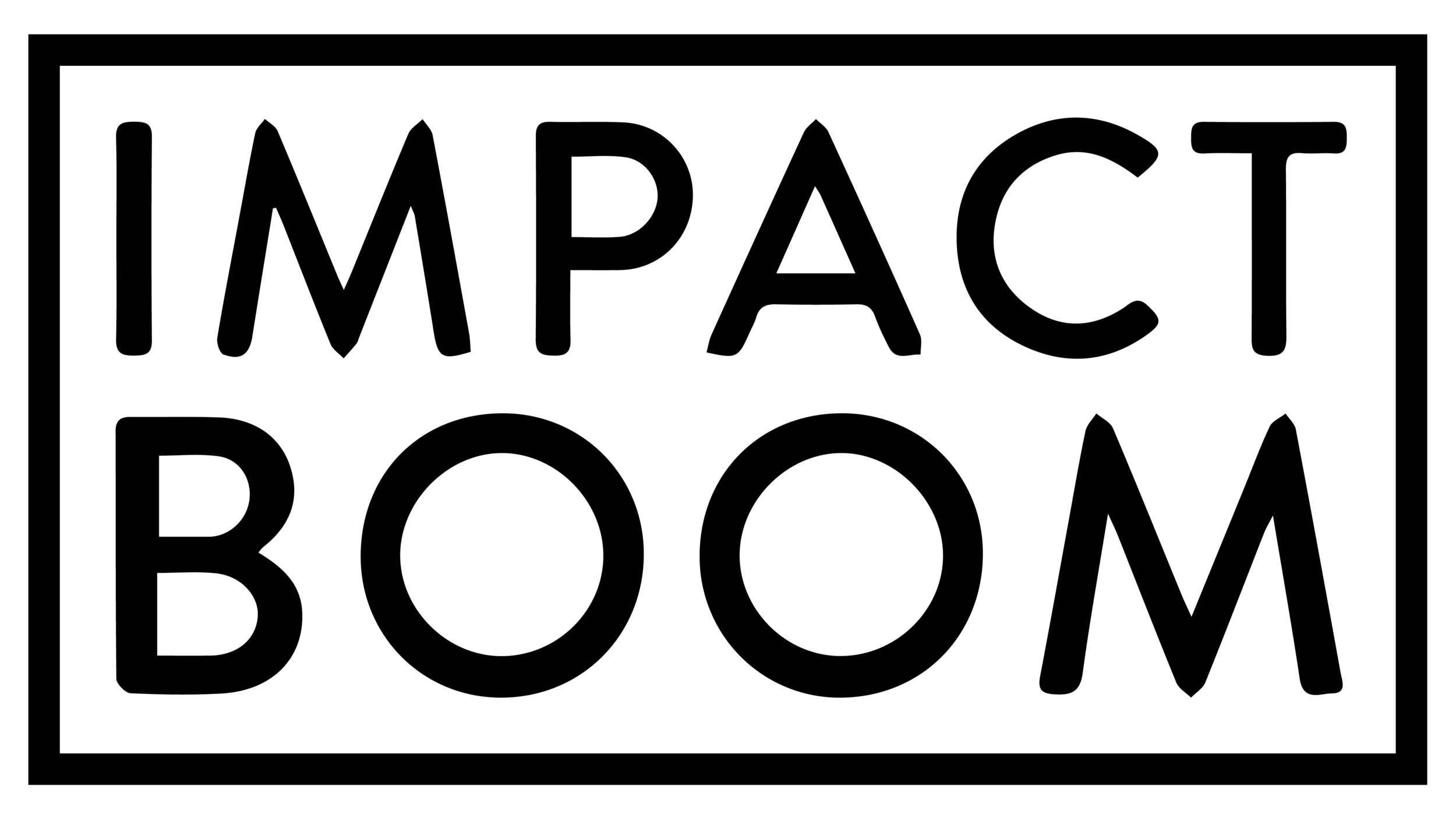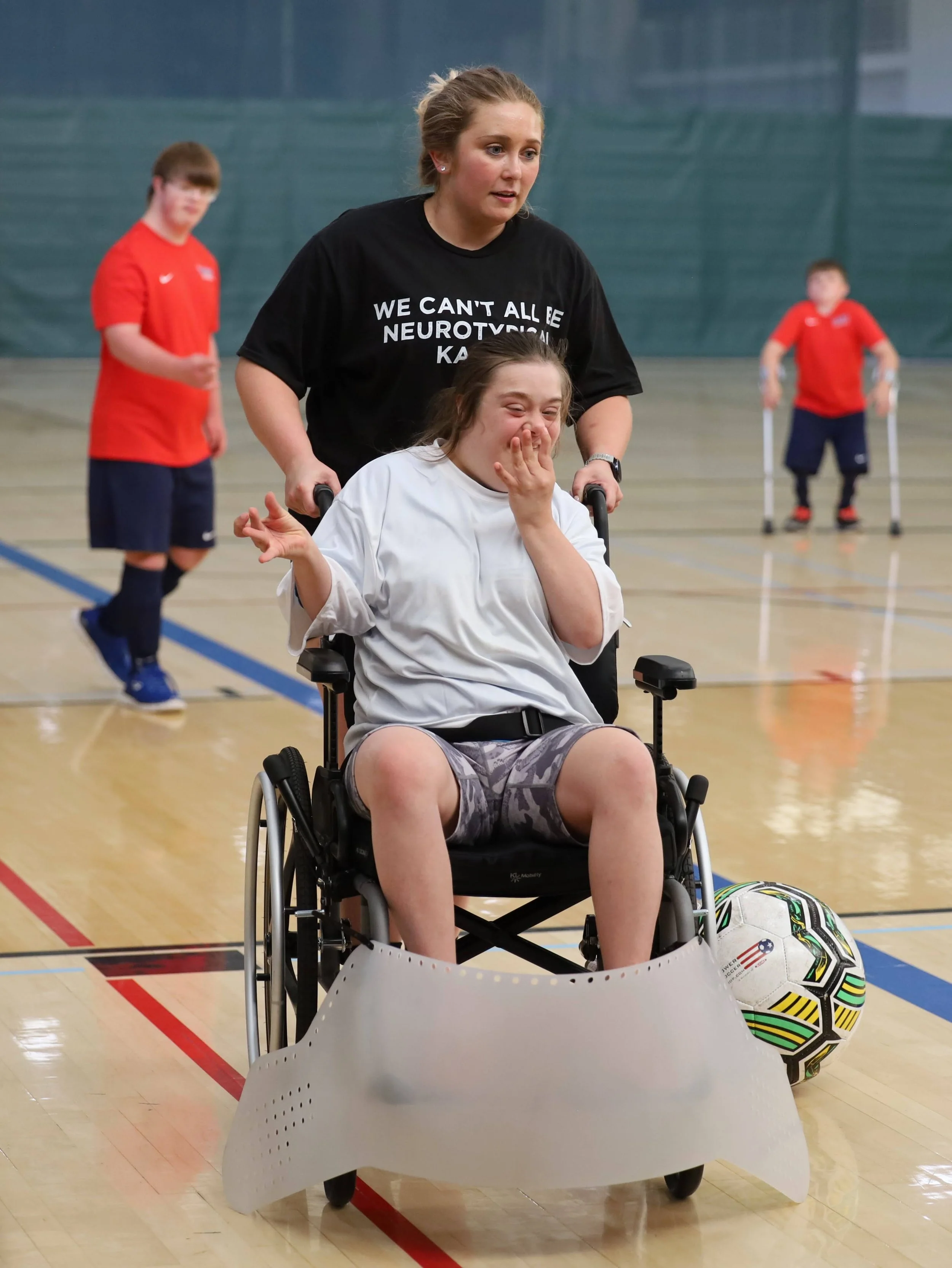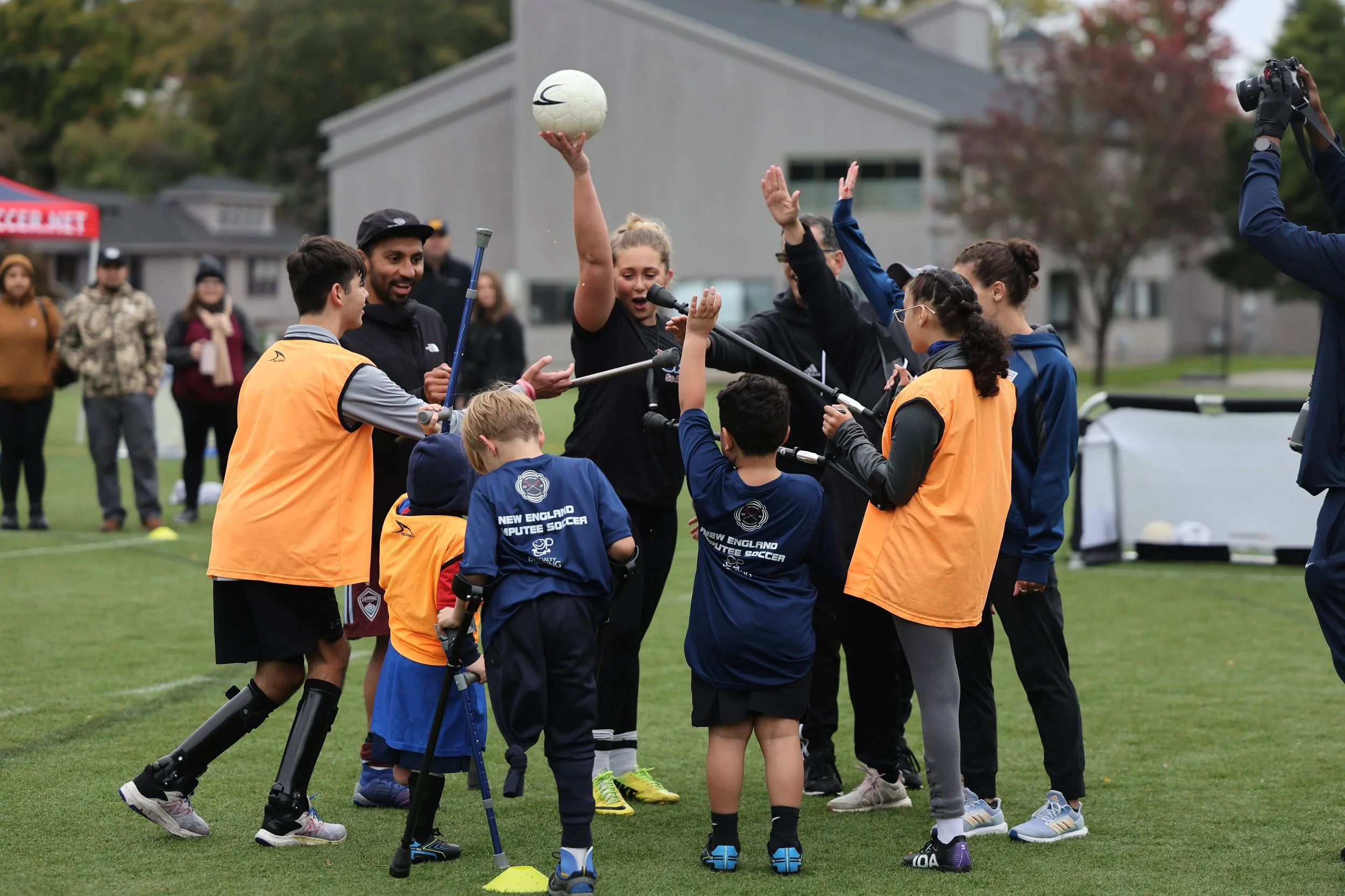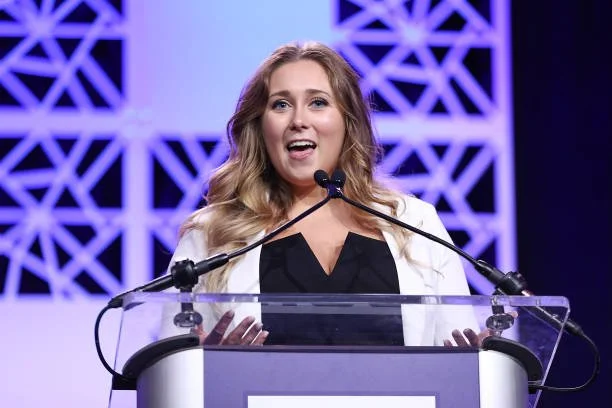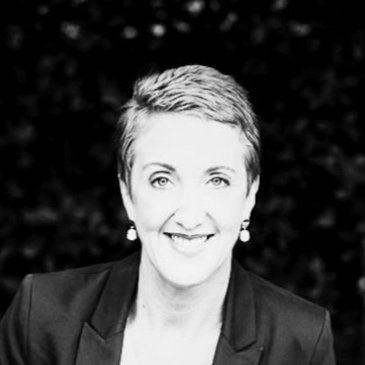Joslynn Bigelow On Championing Radical Inclusion And Equity Through Adaptive Sports
Joslynn Bigelow is a dual-licensed educator and Board Certified Behavior Analyst (BCBA) who champions radical inclusion through hands-on coaching, systems consultation, and thought leadership.
She is the founder of Say How Consulting, a mission-centred business focused on driving positive social change by dismantling barriers for individuals with disabilities, their support networks, and the professionals who serve them.
With 10+ years of experience spanning public education, behavioural health, and adaptive sports, Joslynn is also the President of the United Adaptive Soccer Association, where she leads national efforts to make soccer accessible to all. Her work combines real-world action with policy and program design, amplifying dignity, access, and authentic participation.
Honoured with the 2024 Carla Overbeck Leadership Award by U.S. Soccer, Joslynn continues to inspire across sectors through storytelling, strategic planning, and a “don’t say no - say how” mindset that redefines what’s possible.
Joslynn discusses how practicing radical inclusion and accessibility can transform systems to better serve individuals with disabilities, and the role of education, behavioural health, and adaptive sport in driving sustainable change and empowering diverse communities.
Highlights from the interview (listen to the podcast for full details)
[Indio Myles] - To start off, can you please share a bit about your background and what led to you working in inclusion, social impact, and adaptive sport?
[Joslynn Bigelow] - Truly, it started when I was 11 years old and playing in a soccer club. As a child with a background of trauma, I was struggling socially. At that time, the club I was with launched an adaptive soccer program. My mum saw this and said, “you have a giving heart, try this out.” I’ve now been involved with that same program for 18 years, and it lit the fire in my heart.
I’ve always been someone who cheers others on. I’m not a win-or-lose person, I’m about how you play the game. I don’t know if you know the board game Candy Land, but when I was a kid, I used to cheat so my mum would win, and then I’d cheer her on for winning! I’m a big fan of supporting others to prosper and reach their goals, and that led me to find a path in adaptive sport and serving the disability community.
Since then, I’ve pursued a bachelor’s in education and a master’s in special education, applied behaviour analysis, and autism spectrum disorder. It’s turned into a lifelong, multimodality service to the disability community.
You’re the founder of Say How Consulting, so I’d love if you could share a bit more about this organisation and how it’s working in the space of dismantling barriers for individuals with disabilities.
I’ve had a weird background in my professional life. I’ve always served people with disabilities and everything I do contributes, but like many, I’ve also done those odd jobs like flipping apartments or working in retail.
I got into education and found very quickly I hate being in a classroom. I felt like my scope was limited. It wasn’t a lack of value for the individuals in the classroom, but rather a desire to impact the community at large to the greatest extent possible.
I moved into the clinical space for a little while doing more insurance-driven ABA services, but I remained on the field and court serving athletes with disabilities. I was also working in schools, and frankly, my soul died working in the American education system. I moved into the non-profit space for adaptive sport, but again felt frustrated and limited by the boundaries of other people’s imaginations about what’s possible.
I kept coming back to the phrase, “don’t say no, say how.” I understand that sometimes it’s not the right time, but often what people really mean is “not yet.” Maybe we haven’t found the funding, or figured out how to make it work. Maybe we don’t know how to serve individuals with more complex disabilities, or we’re only serving certain groups, but not as well as we could.
All that to say, Say How Consulting was born for me to leverage everything within my scope of competence: professional development, applied behaviour analysis, coaching, collaborative problem solving. For anything beyond my scope, I have an incredible network and community I can refer out to.
Say How Consulting came from a deep frustration with how the system currently works. I love control, and working for myself means I can take the time I need to be everything for everyone, when it’s needed.
To be frank, this also became personal. A very close relative became chronically ill and has children of their own who I’ve been supporting through the experience. Having my own business gave me the flexibility to take care of the people I love.
Separately, my best friend passed away in March 2025, and I was able to spend the two months prior supporting him in hospital. He happened to have a disability. When my soul died in education, it has also died for the healthcare system.
With your background in education, behavioural health, and adaptive sports, could you link that work together and share how those experiences have informed your work today?
To give a little context to Say How Consulting, some of the services I offer include adaptive coaching, professional development (which has a broad reach and application), and collaborative problem solving. This also includes work related to applied behaviour analysis within strong ethical boundaries.
I often share with individuals that teaching and coaching are essentially the same thing. They inform one another deeply. If you can figure out how to serve an individual while also supporting the whole team or class and meeting the expectations of the context, you can take those skills anywhere.
Having a robust background in serving people with more severe impacts of their disabilities, including intellectual and developmental disabilities and high rates of arguably dangerous external behaviour, I feel confident and comfortable in nearly any setting. Just being a human who can speak and think independently, serving individuals without those cognitive impacts is really just about serving humans. These experiences crossover completely.
What I’m most proud of and what I appreciate about the field of applied behaviour analysis is that it offers a formulaic overlay for coaching, teaching, and supporting individuals. We spend a lot of time considering what motivates an individual, why they do what they do, and whether influencing behaviour change is necessary for each unique context. From there, it’s about prioritising behaviours for evolution and taking scaffolded, calculated steps to make changes.
Knowing that things take time is a huge lesson ABA has taught me, even though I want everything done yesterday. All of this ties together for me with disability work. It’s formulaic. It’s about understanding when this happens, that happens, and here’s how the person or the environment responds.
In your leadership role with the United Adaptive Soccer Association, how have you merged policy, programming, and sport to advance participation for underrepresented communities?
The United Adaptive Soccer Association was born from the Disability Committee, a voluntary committee through the US Soccer Federation. For years, this committee relied on volunteer efforts to raise awareness and promote access to soccer, as well as to the adaptive models that exist in the United States.
What we found was that without funding, we could only go so far. UASA initially existed to put a bank account behind those voluntary efforts. When we were awarded a substantial grant from US Soccer through their Innovate to Grow grant program, we were able to start formalising the concept of “so all may play” beginning in 2023.
Now, in 2025, we’ve recently reached full non-profit status. This summer, we’re about to produce our third annual national adaptive soccer camp. It brings together all the adaptive soccer disciplines in the United States and the organisations that choose to participate.
We train not only players and address internalised ableism by sharing resources, sharing space, and sharing the pitch regardless of disability impact or playing ability, but we also offer professional development for coaches.
This year, for the first time, we’re extending training to referees, again funded by a second grant from US Soccer, along with incredible sponsorships and partners.
That said, UASA is still evolving. I have the privilege of being a co-founder and the current president. It’s basically a fun space for me to implement all of my passion projects. I’ll touch on resources later, but we’re extremely flexible in who we work with and how we serve the adaptive soccer community.
We continue to think differently about available resources and even produce our own. One of our resources was recently referenced by FIFA Global in their language policies, which is a pretty big deal. We also run clinics across the country, particularly in lesser-known and underserved communities. It’s a big country with many rural, low-income, or hard-to-reach places that deserve to know there are options for them. I often joke that my goal with UASA is to give players the opportunity to say no, and that may seem to contradict the “don’t say no, say how” mindset.
The greatest privilege in life is choice. To have so many options that you can say no to some of them is powerful. That’s not always true for people with disabilities. Just knowing there’s a pathway available, for anyone and everyone, is our ultimate goal: to ensure everyone knows there’s a place for them in the sporting community.
Could you expand on what radical inclusion means to you and why it’s such a critical foundation for your work and systems change? Can you share some examples of what it looks like in practice?
I want to preface this by saying I don’t believe there’s a trademark or copyright on the term radical inclusion. I’m not the first person to think of it or say it. There’s some really compelling literature out there on the concept, but I’ll let your audience explore that for themselves.
Let’s break it down. Radical means anything out of the ordinary or extraordinary. When I say extraordinary here, I’m not saying, “Oh my gosh, I’m amazing.” I mean going above and beyond.
When we talk about radical inclusion, we’re talking about pushing past the norm and going beyond what’s already being done around access and inclusion. It means trying things that haven’t been tried before, ruffling feathers, and overturning systems.
For me, radical inclusion is deeply personal. My entire life and existence are centred around serving the disability community. I’m constantly seeking feedback, reflecting, and looking for ways to ensure I’m ethically and morally representing voices that often go unheard. I’m committed to doing work that’s both functional and meaningful for the people I aim to serve.
The amount of time I spend on this work is radical in itself. I’m also a very direct and loud person. I’m loud in every sense of the word! I use the word radical a lot because I’m radically genuine. It’s not enough to be honest; it’s essential to shine a light on what’s not working and actively push things forward.
You asked about examples. One local example from here in Oregon involved a client whose son was being underserved by his school. As we reviewed the paperwork and discussed their experiences, I noticed several issues in their legal documentation and in what was being included or omitted in it. The school had denied requests for further assessments that would have properly identified this young person’s disability and ensured he was being appropriately supported.
Because I’m not a lawyer, I leaned on my network to make sure I wasn’t misguiding anyone. I referred the family to the right professionals, and I recently had the privilege of attending his graduation from a new school that’s serving him in the best way possible.
To affect meaningful change, you have to be comfortable being uncomfortable. You have to push boundaries. Encouraging this family to fight for what was right put us in a radical space. There are social implications to everything.
More recently, I stopped offering an adaptive soccer pathway because a facility I was working with responded poorly to our recommendations.
These suggestions were aimed at improving the facility, its program, and its procedures to better protect participants and more intentionally include people with disabilities in a mainstream environment. Not everything ends in success. Sometimes, stepping away is necessary because people or systems just aren’t ready.
But that’s what it takes to practise radical inclusion. When someone says no, treat it as “not yet.” Offer a how. And if they’re still not ready, redirect your energy to someone who is. Then keep pushing within reason, but always keep pushing.
Have you come across any challenges or opportunities that organisations should be aware of as they aim to shift mindsets and practices toward enhanced accessibility?
The primary challenge is always are they even ready to talk about it? Are we prepared to explore what can be done differently or better? When I run professional development sessions, I often start with, “If you take nothing new away from this, I hope at least you feel validated in that we share beliefs and strategies for implementing change.”
Just being welcomed into a space to share ideas, challenge the norm, and influence operational structure in itself is a challenge. As I mentioned earlier, I have a personality that doesn’t always align with traditional expectations. As a white woman in the U.S., there’s often an assumption I should be submissive or back down when told no. But that’s not me.
That being said, opportunity lies in every person who’s willing to have a conversation. Everyone who shares an idea (whether or not it’s practical in that moment) is showing a willingness to try, and that opens the door to progress.
At Say How Consulting, aside from the motto “don’t say no, say how,” we talk a lot about individual readiness. This is where real opportunity lies. It’s a concept I adapted from a colleague who wrote a book on grassroots soccer coaching. It’s a four-part framework that I’ve generalised beyond the pitch to almost any context.
It starts with: I’m not ready, and the environment is not ready. Then there’s: I’m ready, but the environment’s not ready (or vice versa). The ideal, of course, is: I’m ready, and the environment is ready. But that’s a hard place to reach.
If I’m ready and they’re not, we’re unlikely to make much progress. But if I take time to research and educate myself, because that’s what radical inclusion requires, and they’re ready for evolution and social change, then real movement can happen.
This concept of individual readiness applies not just to disability advocacy, but to any area of social change. Anywhere, anytime, anything; it’s a useful lens for identifying where and how change can take root.
What advice would you give to aspiring changemakers hoping to make a difference within these complex systems?
I’ll keep it simple and go back to the phrase: don’t say no, say how. If you care about something, that’s enough. Just because others don’t care (or aren’t ready), that doesn’t mean it’s not important or worth your time, energy, and effort.
When people say no, consider it a not yet. Think about the variables that need to change to make it a yes. Then assess whether that’s feasible and within your bandwidth to affect change.
For example, if you want to engage in education or professional development in 2025 and the registration is closed, then the “how” is simple: apply for 2026.
If you’re hoping to support an organisation in updating their inclusion and accessibility statement to more explicitly define who is welcome, ask when their next annual general meeting is scheduled. That might be when the board can vote on an updated mission or vision.
You can also consider collaborating with for-profit companies that have strategic plans which include diversity, equity, and inclusion goals.
In any case—don’t say no. Say how.
What inspiring projects or initiatives have you come across recently that are creating a positive change?
I work with a lot of incredible nonprofits, and one of my favourite things right now is seeing organisations start to say, “Wow, we’ve been focusing on serving disenfranchised populations, but we’ve forgotten to more intentionally include the disability community!”
Disability is the one thing that doesn’t discriminate. Regardless of who you are, where you are, your age, gender, identity, nationality, or culture, you can be born with it, or you can acquire it at any point. I think disability is far more broadly defined in the medical field than we often acknowledge.
I want to give a shout out to my colleague Donna Callahan at All In Consulting, another incredible adaptive sports consulting organisation. Also, Compete Sports Network is a prime example of an organisation that was founded to serve a disenfranchised community and then recognised the power of its scope and influence. Now, they’re using that to include any person, in any sport, through any entity.
I’m grateful for organisations like these that are championing change.
To finish off, are there any books or resources you’d recommend to our audience?
Through Say How Consulting I’m available anytime. As a way of giving back to the community, I offer a lot of my services pro bono. I’m all about affecting change, and in the spirit of radical inclusion, there’s not much I won’t do to support those who want to do more and do better. Even if you just need a cheerleader in your corner or want to talk about your career path and goals, I’m your gal.
We have a blog where I regularly share thoughts on inclusion and access. These are often just candid reflections from my day. Meanwhile, the United Adaptive Soccer Association offers more formal resources on our site.
We’ve developed a document with suggested language for how to talk to and about people with disabilities, particularly those engaged in adaptive soccer pathways in the U.S. It’s updated annually, and we always welcome feedback because everything we create is a living document, evolving with us and with language.
We also offer a guide for creating and promoting adaptive and inclusive events, and an interactive map to help people find adaptive soccer programming near them in the United States.
There’s more to come on all of those fronts, and on our contact page, you can explore the landscape of adaptive soccer and the organisations we represent. For both Say How Consulting and UASA, I offer professional development and education around all the topics we’ve discussed today and more.
